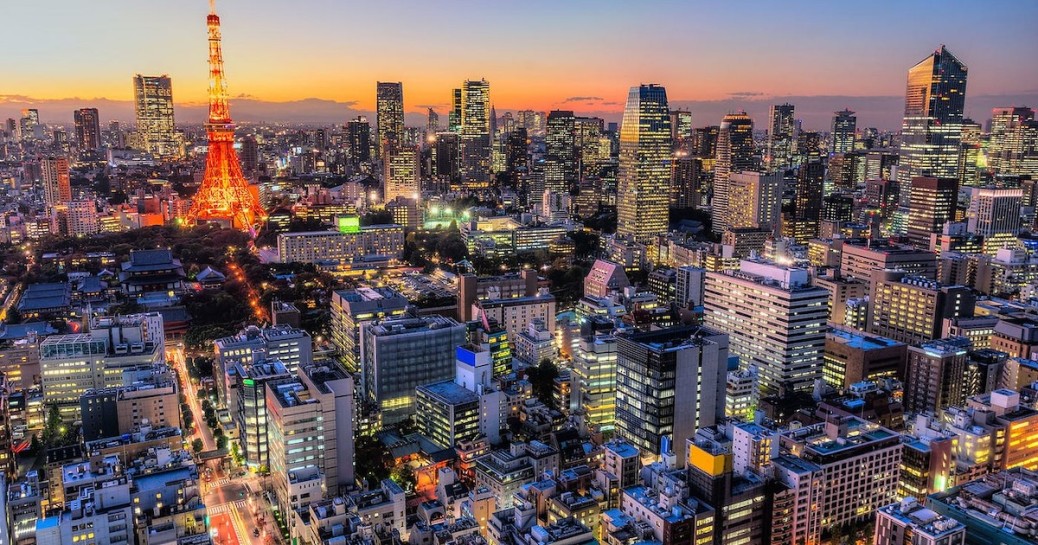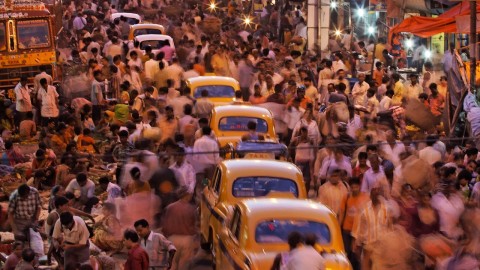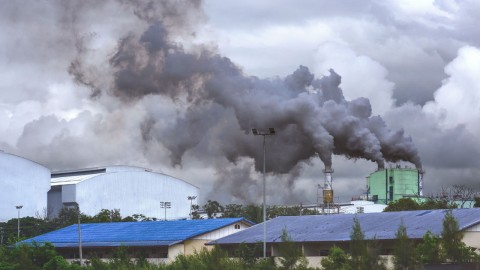Overpopulation - The Rise Of Megacities
The Atlas of the Human Planet 2024 has just been published by the European Commission’s Joint Research Centre, revealing 50 years of global population growth and urbanisation trends. The latest issue of the Atlas provides insights into how cities and rural areas have evolved, providing vital tools for addressing future climate, social, and economic change.
One of the most dramatic changes is the rise of megacities.
The global population has doubled since 1975, from four billion people to over 8 billion today. As of 2024, 45% of the world’s population live in cities, while 35% live in towns and semi-dense areas. Only 20% of the population now resides in rural areas.
Today there are more than 11 thousand cities worldwide, compared with 6,400 cities in 1975. Urbanised areas consume 75% of the planet’s energy resources and are responsible for 75% of global greenhouse gas emissions. Cities are the drivers of climate change, the effects of which are placing billions of people at risk from intense weather patterns, natural hazards such as floods and wildfires, rising sea levels, and the extinction of animals and plant life.
And never has human overpopulation been more dramatically felt than in megacities.
A megacity is defined as a city with a population in excess of 10 million people. According to the United Nations, 35 megacities currently exist across the planet, with many more expected in the coming decades.
Currently, the world’s largest megacity is Tokyo in japan, with a population of 37.4 million people living in the metropolitan area.
To put Tokyo’s vast population into content, the city’s famous Shibuya Crossing is one of the world’s busiest pedestrian crossings, where up to 3,000 people cross the road at any one time when the pedestrian lights turn green.
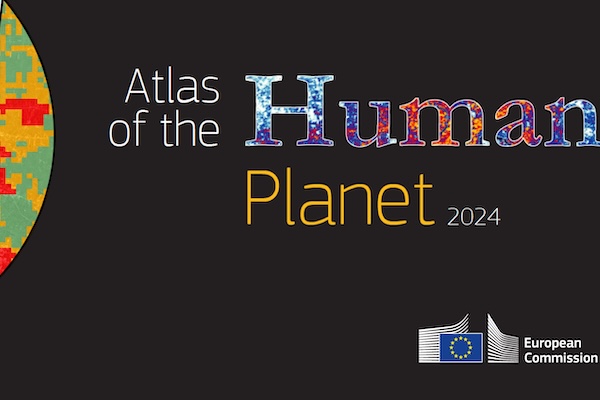
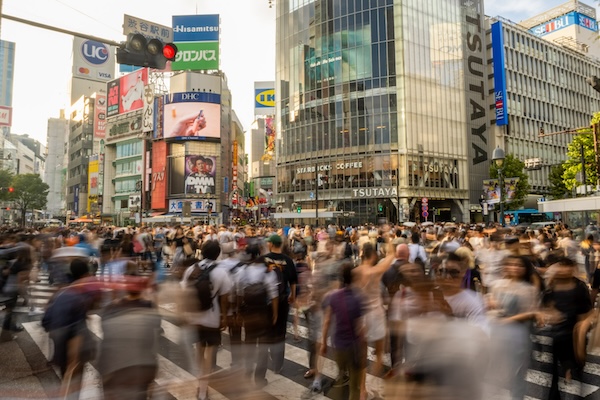
Got something to say about this? Join the discussion now!
Remember, you need to be registered to take part.
- This topic has 3 replies, 1 voice, and was last updated 1 year ago by .


